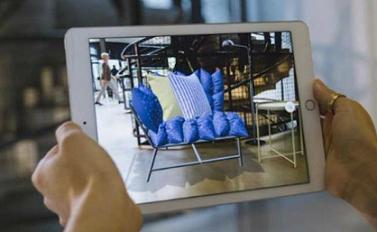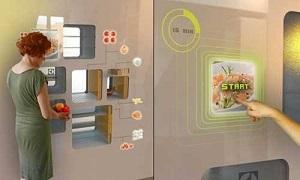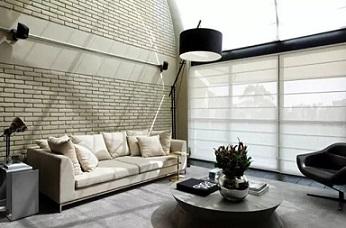In an interview in recent days, Apple CEO Cook once again praised the AR technology he had praised on many occasions, and said AR let him "want to shout and scream." At the same time, Apple will join hands with IKEA in practice to combine AR technology with smart homes, hoping to give consumers a better shopping experience. In response, Michael Wadeskard, head of IKEA’s digital transformation division, also stated that IKEA is fully committed to developing AR applications: “It will be the first AR application to help you make purchase decisions whenever IKEA has a new product. , will first land this AR application." This application uses Apple's AR technology. At the WWDC earlier this month, Apple had demonstrated the use of AR to display furniture. After the user opens the application, just take a few pictures of the room and you can place the virtual IKEA furniture in your favorite location, inferring the appearance of the room decoration, instead of relying on imagination to guess. Wadsgaard revealed that Apple's AR technology can be placed in millimeters, and its volume and light and shadow effects are also very good. When it comes time to go public this fall, Apple’s AR application can include 5,000 IKEA products. In fact, IKEA always likes to use AR and other advanced technologies to display its own products. Pictures of their products have long appeared in close to real 3D renderings. With the help of Apple's AR technology, these renderings are more realistic. In addition to establishing partnerships with Apple in the AR field, IKEA's smart light bulbs are also compatible with Apple's HomeKit. Following this trend, it is estimated that the two companies will also establish a closer relationship in the future. In fact, not only is IKEA using AR technology, but today's smart home market is quite popular with AR. Last year, Samsung, Xiaomi, 360 and other technology companies all released smart cameras. Smart cameras can be anti-theft and observe the real-time conditions of children, the elderly or pets in the home. Combine it with AR. Once an anomaly occurs, we can use smart cameras to determine the location of children or pets, or even the three-dimensional locations hidden by intruders. AR allows the camera to function better. In terms of smart speakers, AR can also play an important supporting role. The high-quality speaker plus a nice piece of music makes the ear become pregnant in minutes, and if coupled with AR, it can create a picture that expresses the musical mood. For example, AR hears a three-dimensional picture in front of an audience when it is played. When the mountains and waters are heard, the landscape of landscapes will bring the audience to the real spiritual world. These examples may not be the classic combination of AR and smart home, but they are the closest to our daily lives. When we want to evaluate one thing, the best way is to associate the familiar scene with it. Just as today's smart homes boast about unrealistic gimmicks, they ignore the most practical experience. The smart home market has been in full swing in recent years. Various companies have entered the office and launched their own smart home products and platforms. On the crowdfunding website, various types of products emerge one after another. However, once the market is hot, homogeneity will inevitably occur, and the services and functions of similar products will converge. How to interact comfortably, efficiently and conveniently has become the key to the success of smart home products. The traditional human-computer interaction is interactive through manual work, while the smart home domain can use information interaction methods such as Amazon echo voice interaction, Microsoft xbox somatosensory interaction, and biometric recognition interaction of smart access control products. However, these interaction methods have certain problems, either low recognition or too rigid to understand the true meaning of the user, thus greatly limiting the possibility of interaction. Many of the above problems can be solved through AR interaction. In terms of smart homes, AR interactions have actually achieved certain achievements. The interactive interaction between display screens and video walls for projected images has become increasingly popular. Digital interactive media technologies have also become very mature. Interacting with the glassware for AR, even combining 3D holographic projection technology with AR technology, has been used in smart home scene applications. In fact, the ultimate goal of human-computer interaction is nothing more than the desire to maximize the efficiency of communication and give people a quality experience with simple operations. AR can well meet these conditions. It can be said that AR is a very competitive type of existing interactive methods, and may even become the ultimate direction of future smart home interaction. Fiber Cable Types,Fiber Optic Cable Types,Fiber Optic Ethernet Cable,Single Mode Fiber Optic Cable Zhejiang Wanma Tianyi Communication Wire & Cable Co., Ltd. , https://www.zjwmty.com


